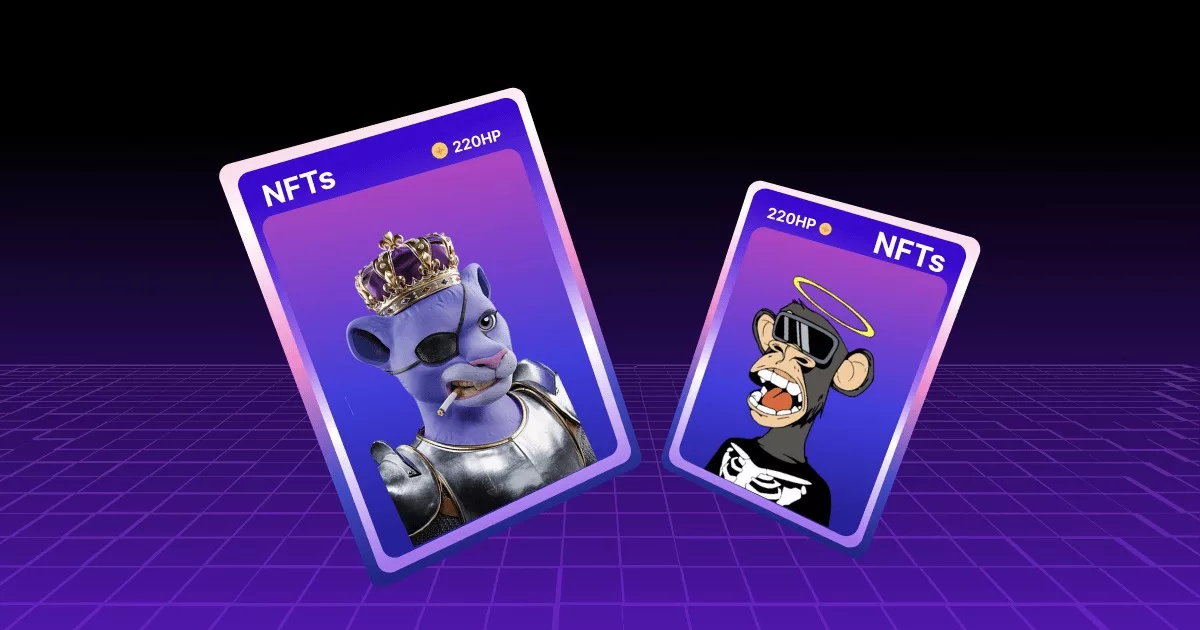Introduction
At the intersection of art and technology lies one of the most exciting developments in the digital age: NFT trading cards. These digital assets are more than just collectibles; they represent a fusion of artistic expression and cutting-edge technology. This blog explores how NFT trading cards are reshaping the landscape of digital art and collectibles.
The Artistic Appeal of NFT Trading Cards
NFT trading cards are not merely digital replicas of traditional cards; they are unique works of art. Many NFTs feature intricate designs, animations, and even music, making them highly desirable for art collectors. The growing collaboration between artists and NFT platforms is driving the creation of visually stunning and innovative trading cards that push the boundaries of traditional art forms.
The Flair Insights report highlights the increasing value placed on the artistic elements of NFT trading cards. As more artists explore the possibilities of NFTs, the market is likely to see a surge in demand for these digital art forms.
Technological Innovation Behind NFT Trading Cards
Blockchain technology is the backbone of NFT trading cards, providing the security, transparency, and permanence that are essential for digital collectibles. The use of smart contracts—self-executing contracts with the terms written into code—allows for automated processes, such as royalty payments to artists whenever their NFT is resold.
This technological innovation has opened up new possibilities for artists and collectors alike. For artists, NFTs offer a way to monetize their work and connect directly with their audience. For collectors, NFT trading cards provide a secure and transparent way to invest in digital art.
Future Trends in NFT Art
The future of NFT trading cards is closely tied to the broader trends in digital art and technology. As more artists experiment with NFTs, we can expect to see a greater diversity of styles, mediums, and themes in the market. Additionally, the integration of NFTs with virtual reality (VR) and augmented reality (AR) platforms could create entirely new ways for people to experience and interact with digital art.
The Flair Insights report suggests that as technology continues to evolve, so too will the possibilities for NFT trading cards. Whether it’s through new artistic collaborations or technological advancements, the future of NFT art is full of exciting potential.
Conclusion
NFT trading cards represent a powerful convergence of art and technology, offering new opportunities for artists and collectors in the digital age. As the market continues to grow and evolve, these digital assets are set to play an increasingly important role in the world of art and collectibles. Whether you’re an artist, a collector, or simply an enthusiast, NFT trading cards offer a glimpse into the future of art and technology.

